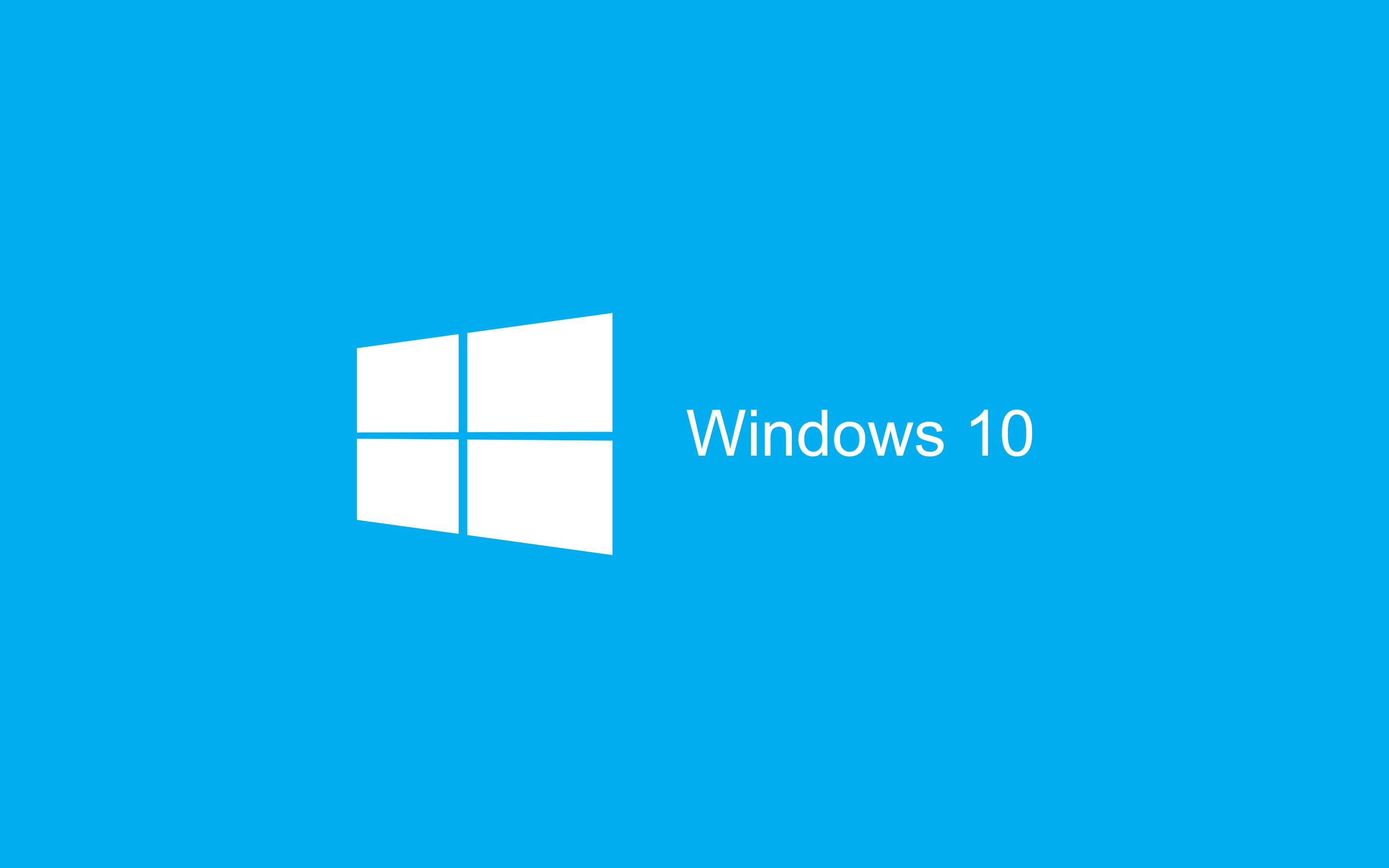We cannot stop checking our calendars for July 29. This date has been confirmed as the date we will endorse Microsoft’s latest software baby, Windows 10. It will revolutionize the way we use computers once again. As we already saw from the technical previews, 10 will not lack new features. Bigger, better and stronger Start menu, new Office, Corona and Edge are just a few of the features Microsoft’s (NASDAQ: MSFT) latest instance of Windows will bring us. Windows 10 is developed to fill in the gaps that Microsoft left open with Windows 8 and Windows 8.1. Enhancements of the Explorer, improved notifications and security just a few to name of the top of my head.

Multiple Desktops
This brand new feature allows you to have separate working environments or as they call them, Desktops, all on one screen. The feature is remarkable with its capability to move windows across desktops. Like its rival, OS X, you can have unlimited desktops. Not like you would ever need so many, but hey, they’re there.
Multiple desktops in Windows 10Keyboard shortcuts
Yeah, I know, they’re almost never useful and a pain to memorize, but this time there are a couple of genuinely useful new keyboard shortcuts.
- Win-Tab to open up a new desktop
- Win-Left (or Right) to snap a window, then Win-Up (or Down) to snap into quadrants
- Win-Ctrl-D to create a new desktop
For all you gamer folks, the old Alt-Tab thing that we all love still works, but it has a few new tricks, like switching among desktops.
The Start menu
The entirety of Windows 8 users knows the lacks of the Start menu. It is big, covers up the whole screen and all in all it is just clunky and weird. I just wish Microsoft approached the Start menu a bit better earlier. It would surely put a stop to a bunch of third-party Start menu replacement programs, like ClassicShell which brings the Windows 7 Start menu, back to Windows 8. By the download counter on the program, we can assume that Windows 8 users enjoy the old Start menu much more than the new one. The new Start menu on Windows 10 got a lot prettier and with the ability to have a better look at pinned apps, much more handy.

Before you cry your eyes out that Metro is still here, you need to know that the Metro section is not that hard on your eyes now. It’s a much more refined experience and if you just can’t stand it, you can remove all of the default apps (Skype, Weather, Mail, Store..) that are included with a couple of clicks, removing the Metro section completely. Windows 10 Start menu is also much more customizable. If the animations of the tiles go on your nerves – disable them. Change the background color, drag live tiles around, pin your favourite apps, customize which system items appear when hovering over Control Panel and even resize the Start menu plenary… It is a nice, updated version of the Windows 7 Start menu – with the added bonus that it might actually get mouse-and-keyboard users to open some Metro apps.
Edge
Previously named Project Spartan, Microsoft’s new browser, Edge, is a big step forward for the company. Edge delivers a much better and faster experience than its predecessor, Internet Explorer. With the logo referencing the Explorer’s, it is made to bring users back more easily. They did this even with Explorer’s bad reputation but changed the name to Edge. Edge users finally get support for extensions. The lack of extensions previously was a gross factor in leading users to different browsers, like Google’s (NASDAQ: GOOG) Chrome or Mozilla’s Firefox. The new browser is much more immersive and a lot more personal. Edge is tightly wired into Microsoft’s Bing search service, and with Cortana, the company’s virtual personal assistant service.
Cortana & Edge integrationAs you type a question in the address bar, Edge starts finding suitable answers. If the user visits a Web page for a cafe, the browser pulls up a summary of information that might be of interest, such as link to the menu and directions. Edge can also manage flights, another great feature. Hub brings all your stuff in one place, you also have the ability to read easier and write on the web.
Notifications and toasts in Windows 10
While Windows 10’s rumored Notification Tray isn’t yet in the Technical Preview, there are some new pretty notifications that pop up in the top right corner of the screen. These notifications appear to replace the speech bubbles that used to pop out of the system tray (the bottom right corner of the taskbar).
Notifications in Windows 10As far as I could read, these notifications are configured through the same interface that Metro notifications used in Windows 8/8.1 – i.e. in PC Settings. The settings window has also been drastically redesigned.
Redesigned settings in Windows 10What are different versions of Windows 10?
As you already know Windows 8 has lots of versions like Windows 8 Pro, Windows 8 Enterprise. Windows 10? Same thing.
- Windows 10 Mobile
- Windows 10 Mobile Enterprise
- Windows 10 Home
- Windows 10 Pro
- Windows 10 Enterprise
- Windows 10 Education
- Windows 10 for IOT
What are System Requirements for Windows 10?
If you run Windows 8.1 on your system, you will be able to run Windows 10 without a doubt.
For all you new users, you will need a PC or laptop with 1 GHz processor 1 GB of RAM (for 32-bit) or 2 GB (for 64-bit). Clear up 16 GB+ on your hard disk and have a DirectX 9 graphics device and you are all set to go.
Pricing and distribution
Earlier Microsoft had announced the pricing for Windows 10 saying that Windows 10 Home will be available at $119 and Windows 10 Pro will be available at $199 for new users. Another thing, the Windows 7 and Windows 8.1 users with valid licenses will be eligible for a free upgrade. The prices mentioned above are only for US markets and it is likely that Windows 10 will be priced differently from one country and another. There is still no official word on pricing especially for countries like India and others in the East.












